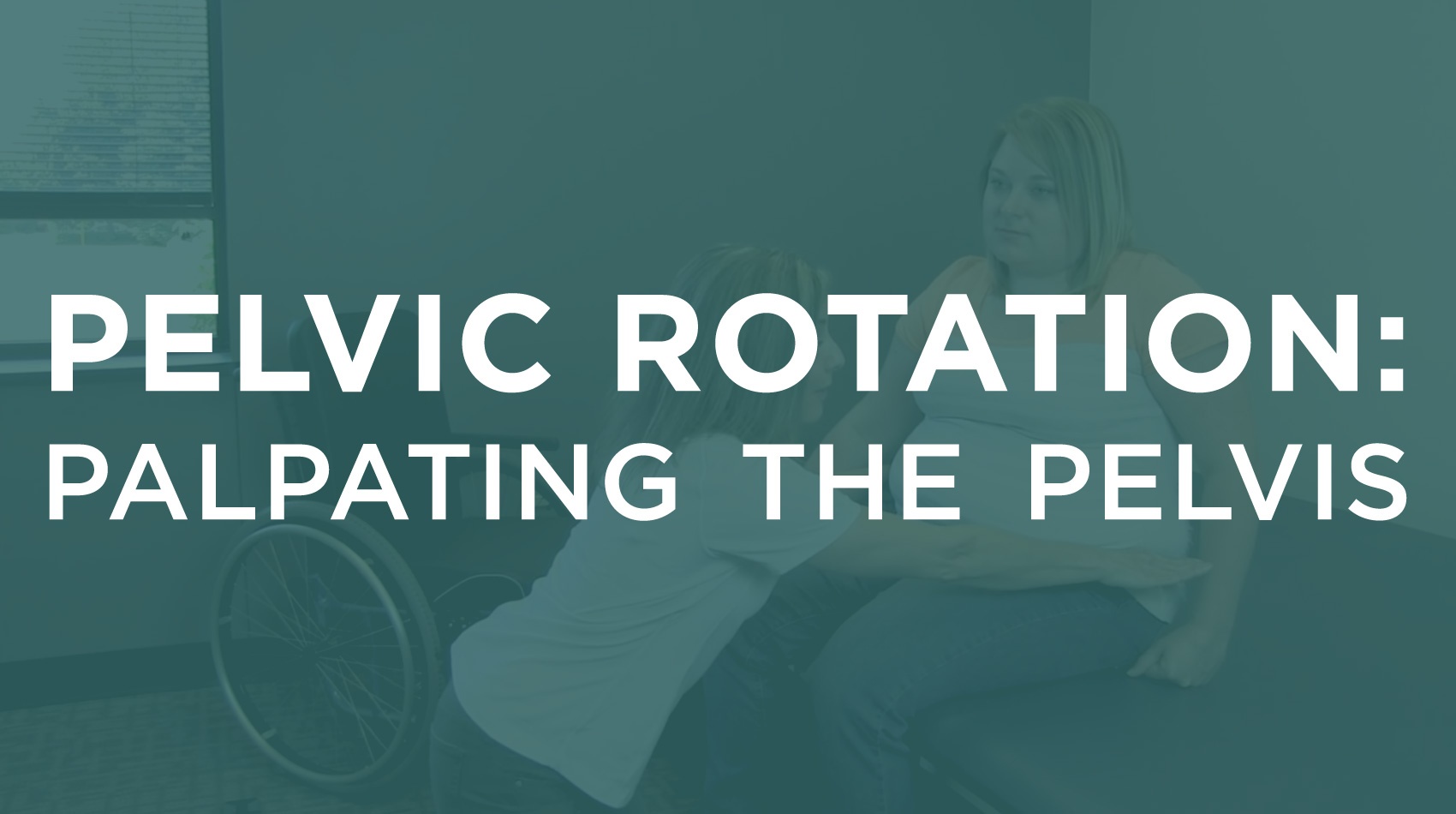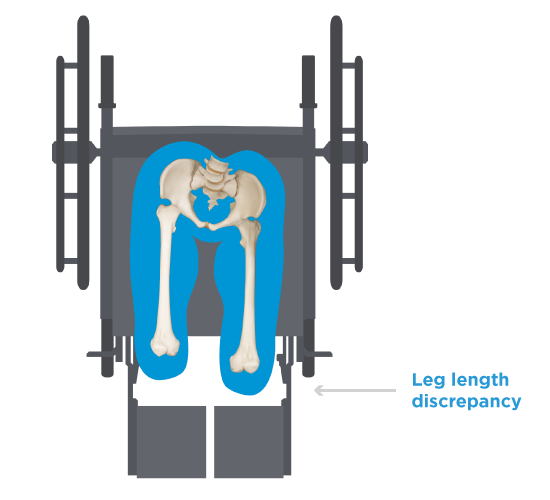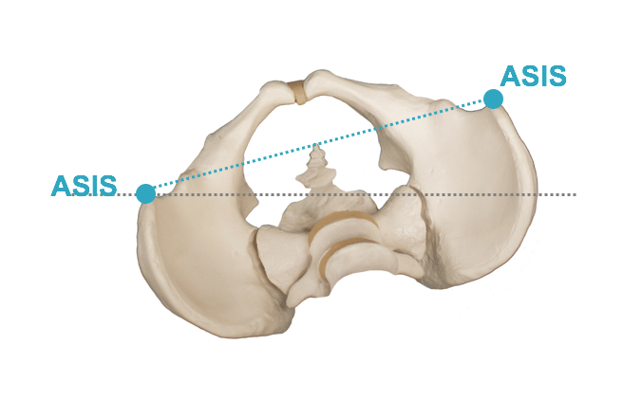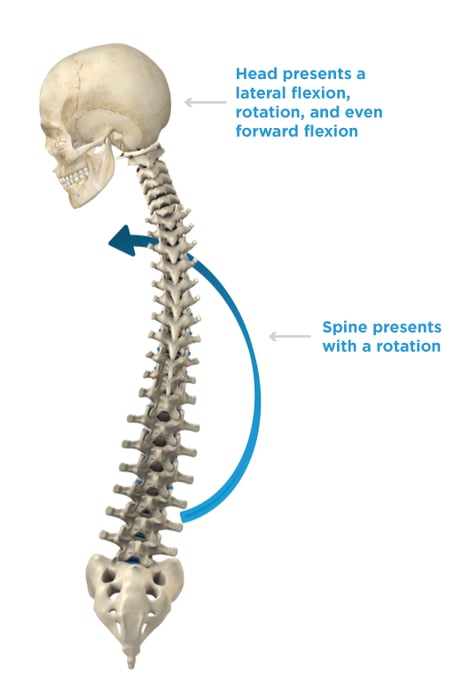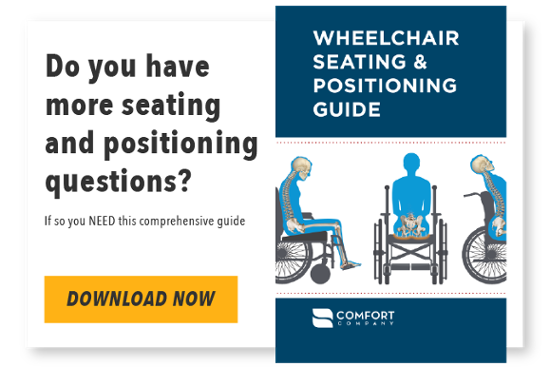Transcript (edited for clarity):
A pelvic rotation is another abnormal posture that you might see, and this can be caused by an ill-fitting wheelchair or it can be caused by an anatomical reason.
In order to identify it and really assess it, once again we’re going to go back to our landmark the ASIS and we’re going to see what the pelvis is doing. I’m going to come in with Jamie here and feel her ASIS. Sure enough I can tell that my right side is farther back than the left which means she’s rotating towards her right.
Now what happens when she’s rotated like this her spine is also rotated. Look at the position of her head, it’s pointed laterally. The other thing that you’re going to notice is it almost looks like she has a leg length discrepancy. This side, the left side, is shorter than the right side when she’s in this posture.

Ana Endsjo, MOTR/L, CLT
Clinical Education Manager LTC Division
Ana Endsjo has worked as an occupational therapist since 2001 in a variety of treatment settings. She has mainly worked with the geriatric population, dedicated to the betterment of the treatment of the elderly in LTC centers. Her focus has been on seating and positioning and contracture management of the nursing home resident. With this experience, her hope is to guide other therapists, rehab directors, nurses, and administrators through educational guides, blogs, webinars, and live courses in her role as Clinical Education Manager for the long term care division.
